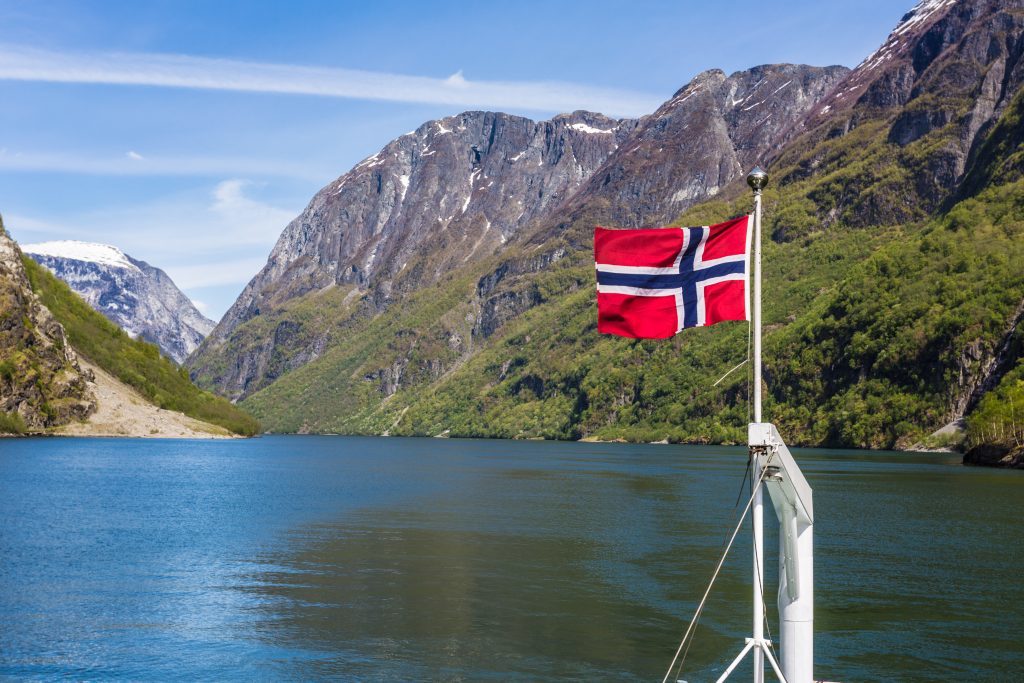
Norway’s unions warned an initial 35,000 workers stand ready to walk off the job should last-ditch mediation on a new collective bargaining accord fail.
Norway’s two main unions and employer organization on Wednesday started four days of mediation to reach a new deal on wages and pensions for about 250,000 private sector workers in western Europe’s biggest oil-producing nation.
While petroleum production would initially be spared, a strike would affect suppliers to the oil industry such as Aker Solutions ASA, Kvaerner ASA and one North Sea supply base, according to the Norwegian Confederation of Trade Unions (LO).
The conflict would also impact fertilizer and metals production, bus transportation, ship yards, electricians, logistics, hair dressers as well as ice cream and beer production.
Regular talks between LO, the Norwegian Confederation of Vocational Unions (YS) and the employer group, the Confederation of Norwegian enterprise (NHO), broke down last month, leading to mandatory mediation.
Unlike most years, when negotiations are held industry by industry, these are centralized collective bargaining talks that cover about 250,000 workers in the private sector.
The talks were broadened because they encompass contentious issues such as pensions and early retirement rights.
More strikers could be added later if the conflict escalates. Platform workers employed directly by oil and gas companies such as Statoil ASA and Royal Dutch Shell Plc can’t joint a strike until June because of a special arrangement for those collective agreements, said Asle Reime, lead negotiator for Industry Energy, the energy branch of LO and Norway’s biggest oil union.
The last time a strike by oil workers affected Norway’s production was 2012, when the government eventually stepped in to end the industrial action after 16 days. Norway produced 1.9 million barrels of oil and other liquids a day in February, as well as a total of 10.2 billion cubic meters of gas in the month.
The country’s is the biggest supplier of gas to the U.K., and the biggest exporter to the European Union after Russia.